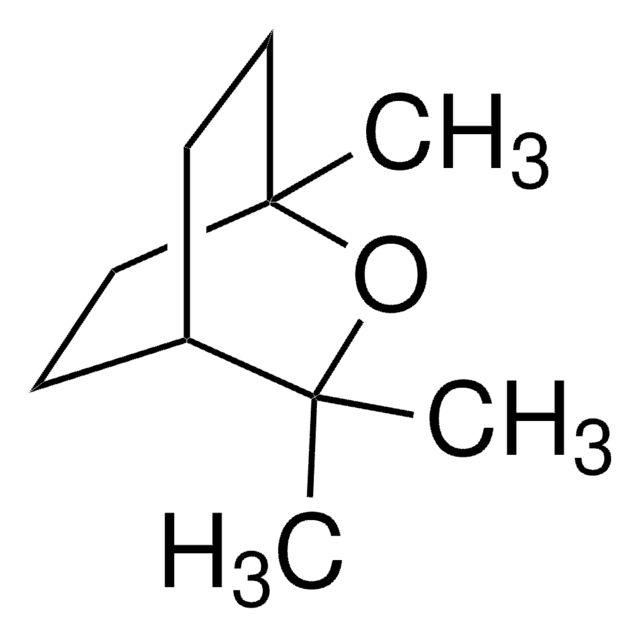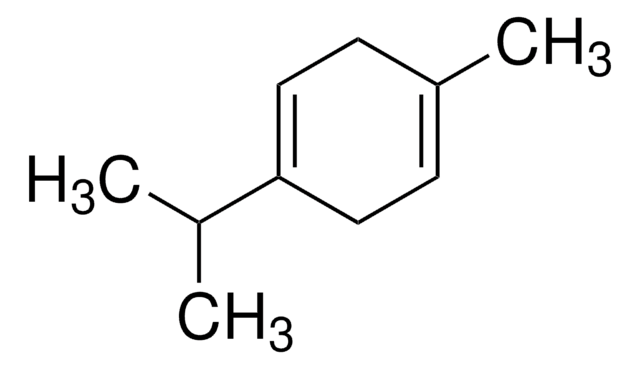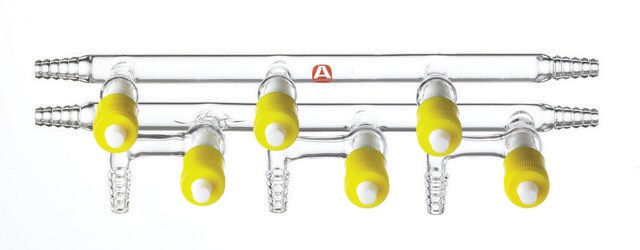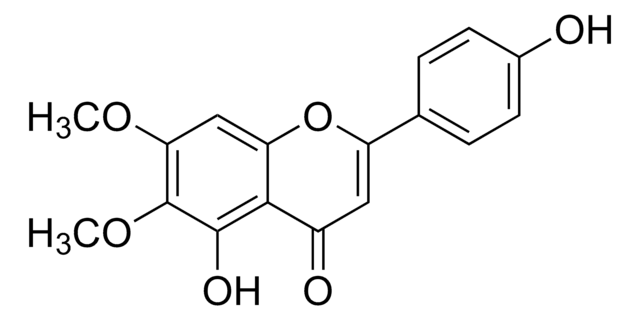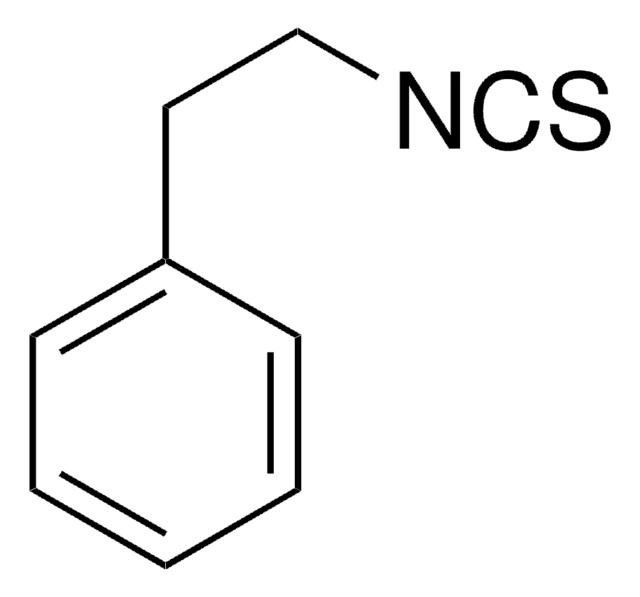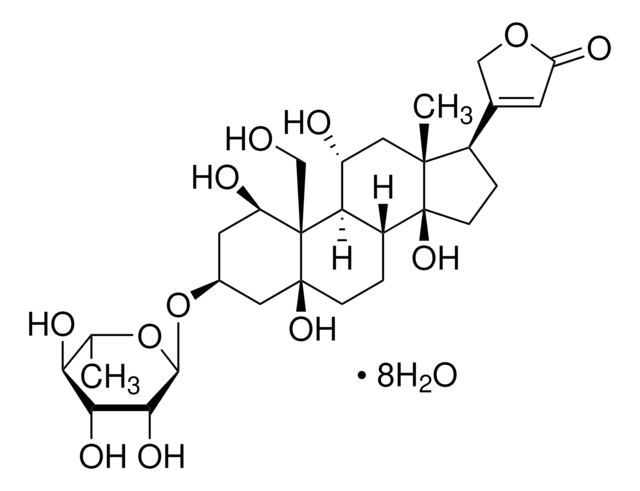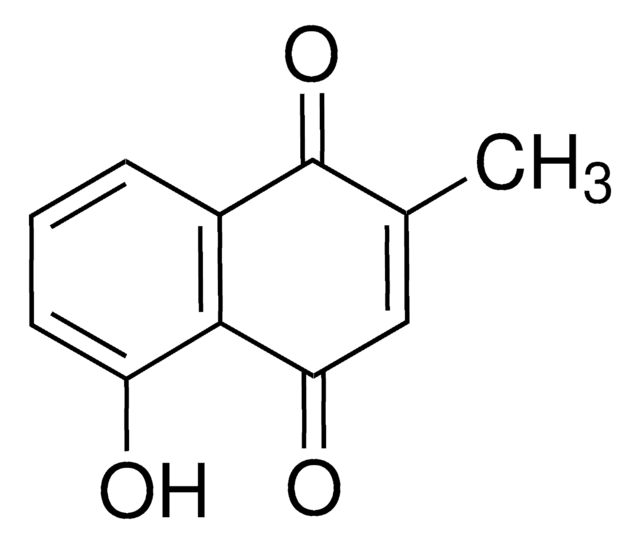SML0221
Piperlongumine
≥97% (HPLC)
Sinónimos:
5,6-Dihydro-1-(1-oxo-3-[3,4,5-trimethoxyphenyl]-trans-2-propenyl)-2[1H]-pyridinone, 5,6-Dihydro-1-[(2E)-1-oxo-3-(3,4,5-trimethoxyphenyl)-2-propen-1-yl]-2(1H)-Pyridinone, Piplartin, Piplartine
About This Item
Productos recomendados
Quality Level
assay
≥97% (HPLC)
form
powder
color
white to beige
solubility
DMSO: ≥5 mg/mL at warmed to 60 °C
storage temp.
2-8°C
SMILES string
COc1cc(\C=C\C(=O)N2CCC=CC2=O)cc(OC)c1OC
InChI
1S/C17H19NO5/c1-21-13-10-12(11-14(22-2)17(13)23-3)7-8-16(20)18-9-5-4-6-15(18)19/h4,6-8,10-11H,5,9H2,1-3H3/b8-7+
InChI key
VABYUUZNAVQNPG-BQYQJAHWSA-N
¿Está buscando productos similares? Visita Guía de comparación de productos
General description
Application
- as a pro-oxidant drug to treat HepG2 cells expressing zinc finger protein (ZNF)32
- to test its anti-neuroinflammatory effects in BV2 microglial cells
- to test its inhibitory effect on human gastric cancer cell lines
Biochem/physiol Actions
signalword
Warning
hcodes
Hazard Classifications
Acute Tox. 4 Oral
Storage Class
11 - Combustible Solids
wgk_germany
WGK 3
flash_point_f
Not applicable
flash_point_c
Not applicable
Certificados de análisis (COA)
Busque Certificados de análisis (COA) introduciendo el número de lote del producto. Los números de lote se encuentran en la etiqueta del producto después de las palabras «Lot» o «Batch»
¿Ya tiene este producto?
Encuentre la documentación para los productos que ha comprado recientemente en la Biblioteca de documentos.
Los clientes también vieron
Nuestro equipo de científicos tiene experiencia en todas las áreas de investigación: Ciencias de la vida, Ciencia de los materiales, Síntesis química, Cromatografía, Analítica y muchas otras.
Póngase en contacto con el Servicio técnico